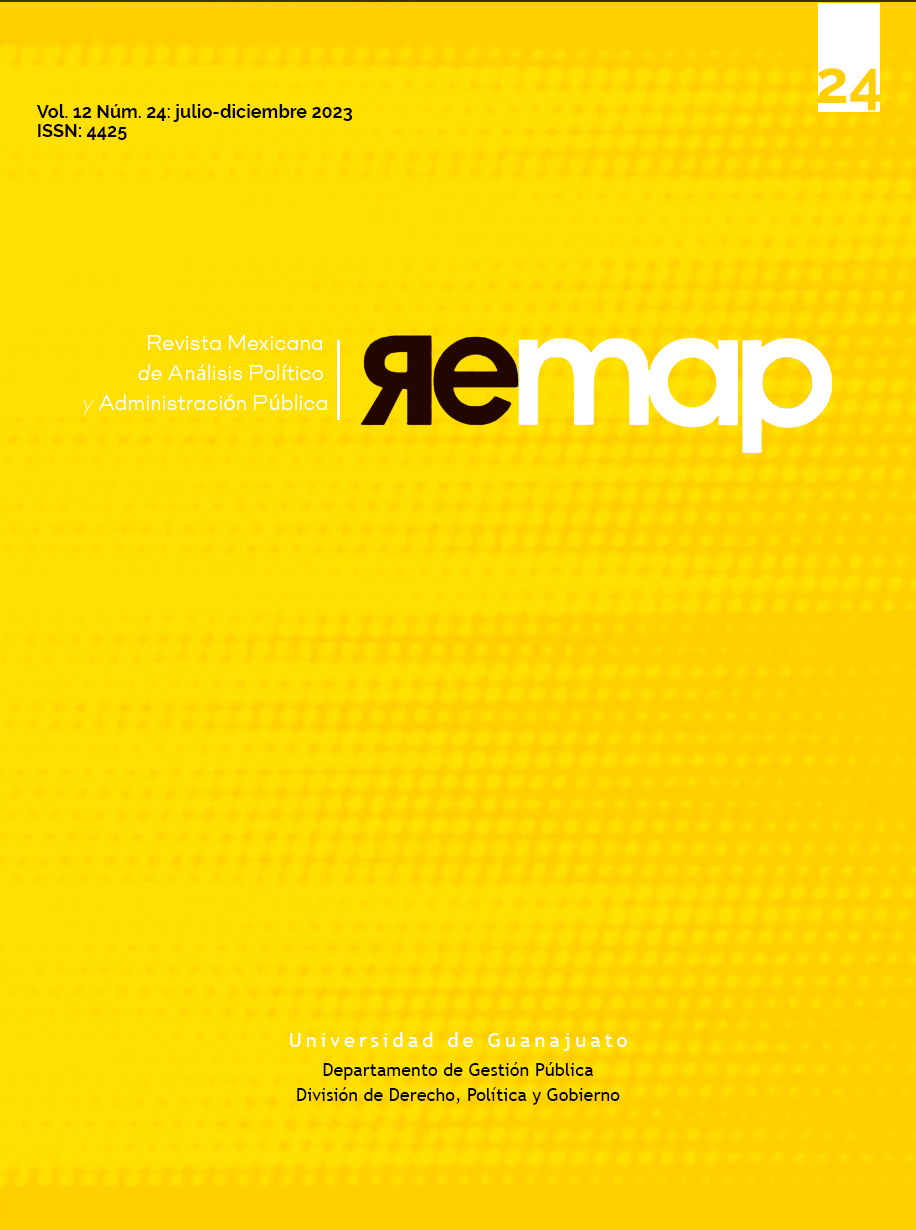From Bipartisanship to Extreme Fragmentation: The Atomization of The Costa Rican Party System
DOI:
https://doi.org/10.15174/remap.v12i24.409Abstract
After the 2002 general elections, Costa Rica has moved from a two-party system to an increasingly fragmented one. The erosion of historical loyalties and the dealignment of parties has generated a scenario of partisan fluidity that has been accompanied by a widening gap between parties and society. This paper identifies the main indicators of change, based on a segmented analysis over time: the period of bipolarity (1953-1986), bipartisanship (1986-2002) and multipartyism (2002-present). These indicators, in turn, are brought into discussion with citizens' levels of voter turnout and elites' perceptions of the role of parties. Few differences are observed between the legislators of old and new parties, although we detect that legislators of the newest parties have a more pessimist view regarding integration between parties and society.
Downloads
Published
How to Cite
Issue
Section
License
Copyright (c) 2024 Mélany Barragán Manjón, Elías Chavarría-Mora

This work is licensed under a Creative Commons Attribution-NonCommercial-NoDerivatives 4.0 International License.
Los autores conservan los derechos de autor y deberán proporcionar por escrito la autorización para la primera publicación, vía red de cómputo e impresa a REMAP. Se permite a terceros utilizar lo publicado siempre que se dé el crédito adecuado y sin propósitos comerciales.
Esta obra está bajo una licencia Attribution-NonCommercial-NoDerivs 4.0 International.
